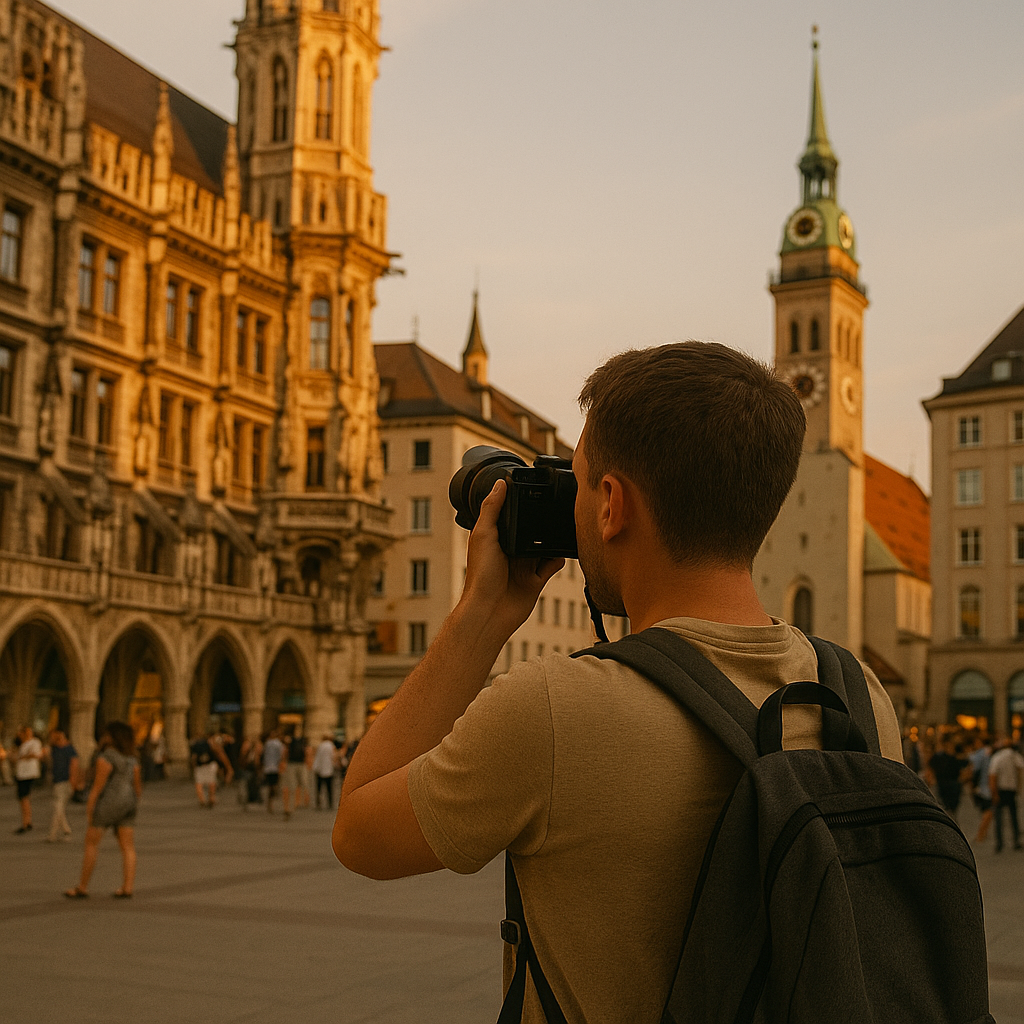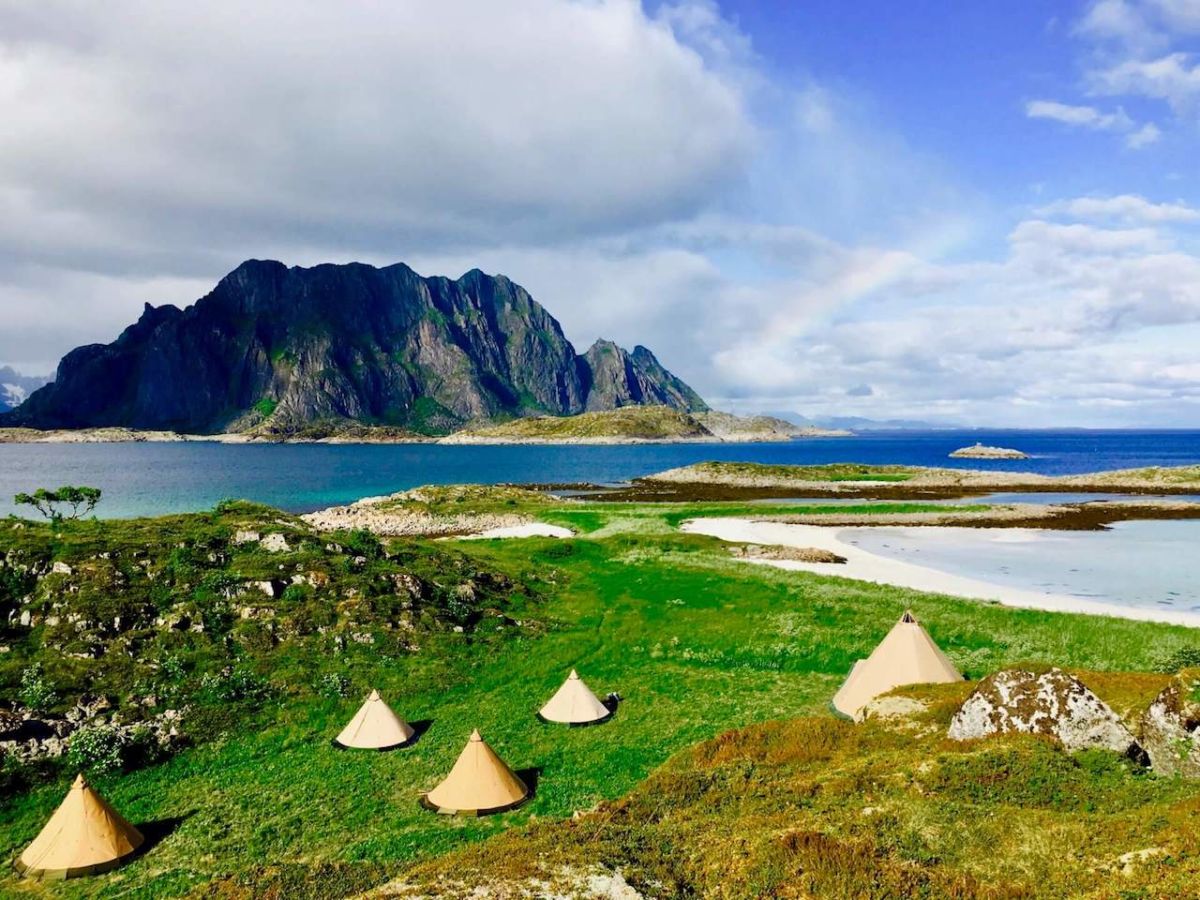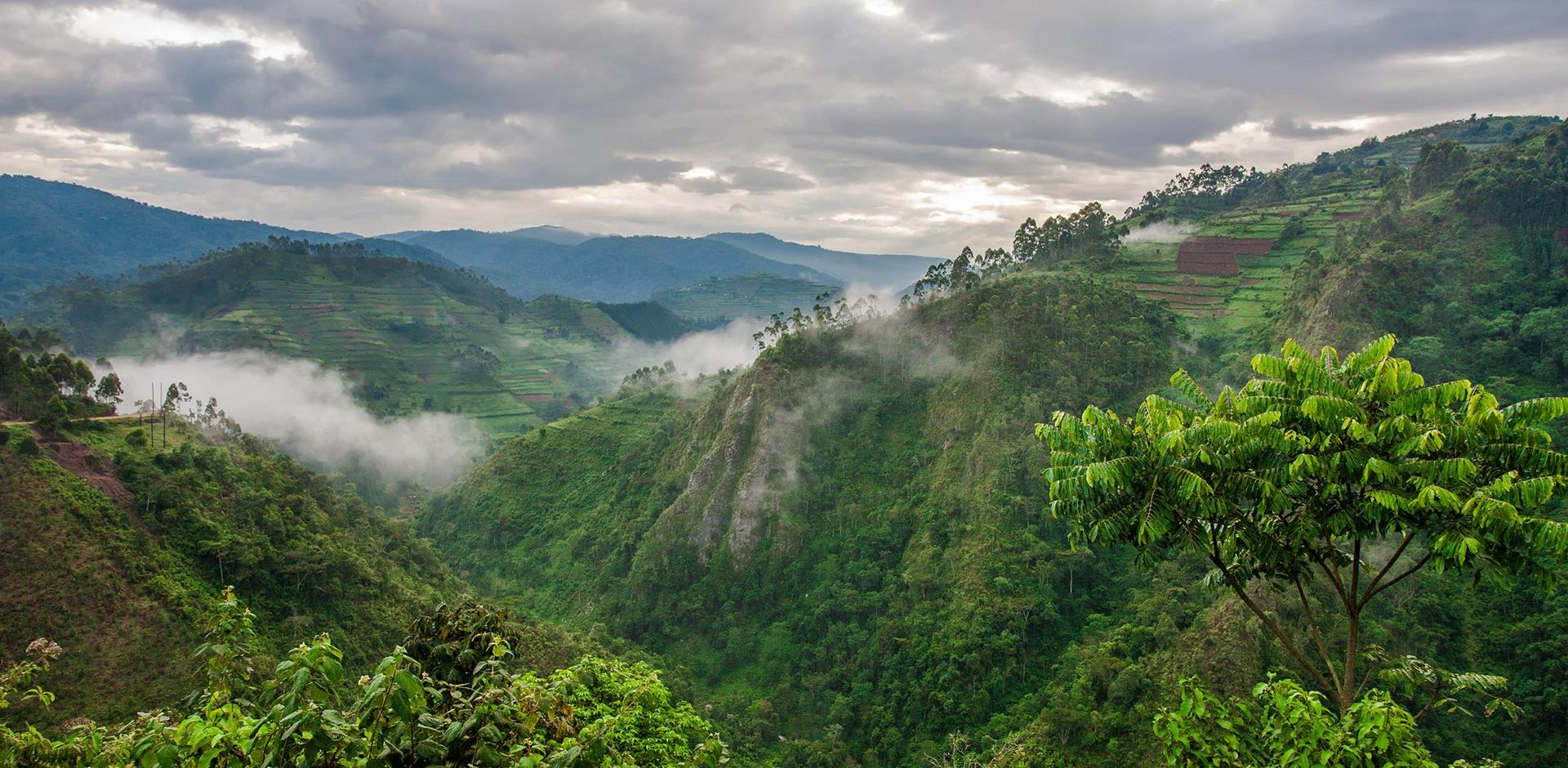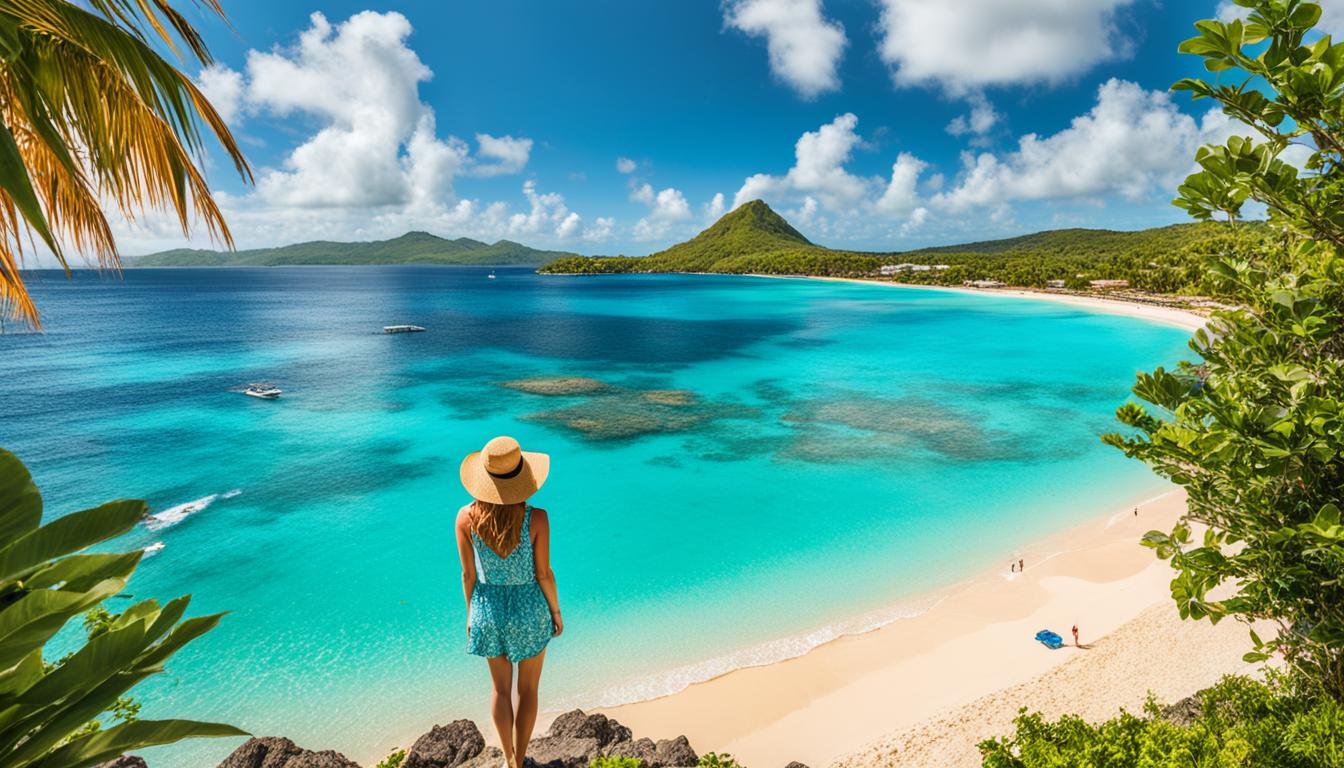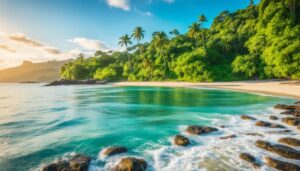How to Capture Munich’s Magic Through Your Camera Lens
Munich has a rhythm that shifts with the light. It’s a city that rewards patience, curiosity, and the instinct to pause at the right moment. The charm isn’t just in the famous sights like Marienplatz or the English Garden.
It’s in the quiet corners, the late-afternoon reflections on cobblestones, and the way the Alps seem to whisper from the horizon.
Photographing Munich is about more than pressing the shutter; it’s about learning to see how the city breathes.
The Golden Hours of Munich
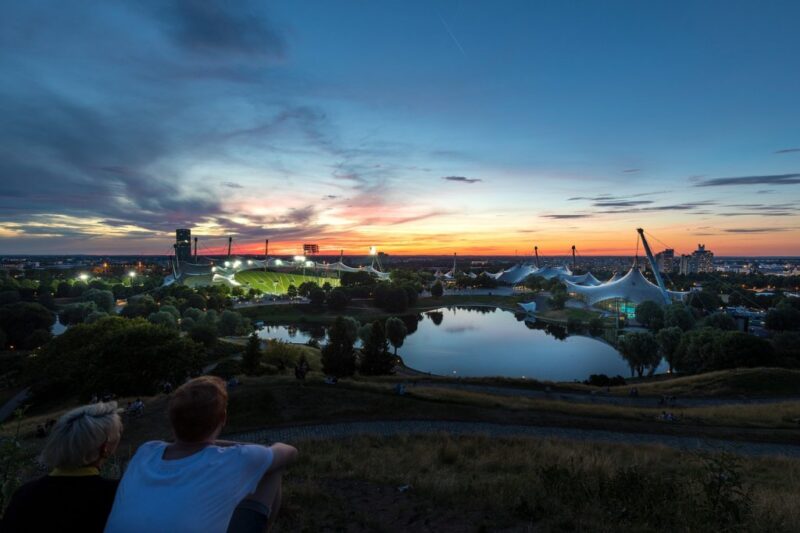
Lighting shapes everything. In Munich, the light changes faster than you expect, especially around sunrise and sunset.
The light in Munich during early mornings and late evenings has a certain intimacy, the same kind of poise and refinement embodied by München escort companions who appreciate the art of subtlety.
The early morning glow over the Isar River gives the city a pale, silver tone, perfect for clean, detailed shots of architecture.
Later in the day, the sun leans lower, bringing warmth and texture to the city’s red roofs and historic façades.
- Morning (6:30–8:00 AM): Capture the stillness around Viktualienmarkt before the vendors arrive. The muted tones create a cinematic softness.
- Afternoon (3:00–5:00 PM): Use this window for street scenes near Odeonsplatz, when sunlight hits the ochre buildings at flattering angles.
- Evening (Golden Hour): The view from Olympiaberg delivers cityscapes framed by the Alps and streaked with pastel light.
If you’re working with natural light only, remember that Munich’s weather can shift quickly. Carry a polarizing filter to manage reflections from wet pavements or glass surfaces after short rain spells.
Locations That Tell a Story
Some places photograph beautifully, but Munich rewards those who look beyond postcards.
Marienplatz
Marienplatz isn’t just a landmark; it’s a performance. The Glockenspiel draws crowds, but step back and frame the entire square. Use a lower angle near the cobblestones to give scale to the New Town Hall’s neo-gothic spires.
English Garden
One of the largest urban parks in Europe, the English Garden is ideal for capturing contrasts in tone and texture. The surfers at Eisbachwelle offer dynamic motion, while the Japanese Teahouse provides stillness and geometry.
Haidhausen
A quieter neighborhood where pastel façades, leafy courtyards, and morning shadows create softer compositions. Shoot with a 35mm lens to preserve intimacy without losing context.
Nymphenburg Palace
Best visited early in the morning, when mist often hangs over the canal. The symmetry here invites wide shots, but the details – statues, windows, reflections – reward zoom lenses too.
| Location | Best Time | Type of Shot | Suggested Lens |
| Marienplatz | Late afternoon | Architecture, street | 24–70mm |
| English Garden | Morning to noon | Nature, action | 35mm or 85mm |
| Haidhausen | Early morning | Urban details | 35mm prime |
| Nymphenburg Palace | Sunrise | Reflections, architecture | 70–200mm |
| Olympiaberg | Sunset | Panoramic cityscape | Wide-angle (16–35mm) |
Capturing Local Life
The soul of Munich lives in its rhythm of daily life. Market vendors, cyclists, musicians near the river – all small stories that give your photos authenticity. A respectful approach goes far: maintain eye contact, smile, and ask before photographing people directly. Locals appreciate honesty more than stealth.
Keep your camera ready at café terraces or tram stops. Munich’s pace is slower than Berlin’s, so moments often unfold quietly – a laugh between students, a waiter polishing glasses at Café Frischhut, an elderly couple sharing strudel in the shade.
Seasonal Shifts
Each season changes Munich’s visual character. Spring brings soft greens to the parks and reflections in puddles along Maximilianstraße. Summer is vibrant and crowded, with longer daylight for wide-angle street scenes.
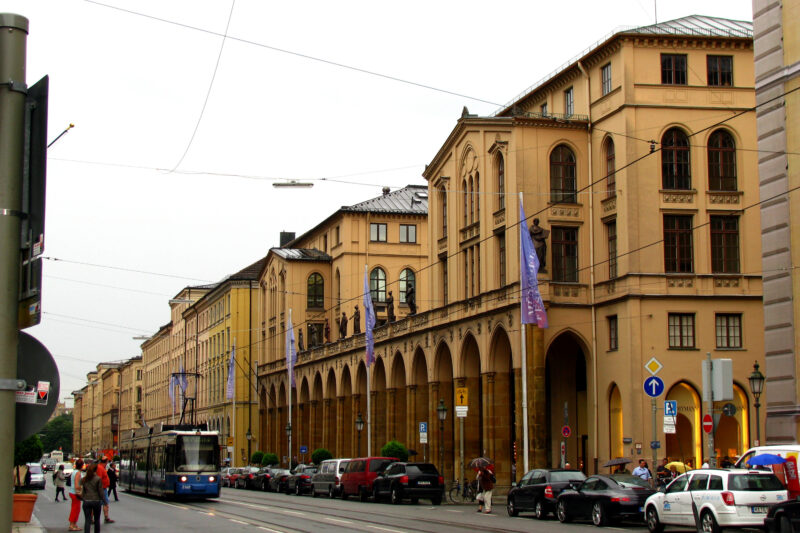
Autumn tones warm the city’s palette, especially in the Hofgarten. Winter invites a different rhythm – markets glow with soft yellow lights, and snow outlines architectural lines with precision.
To handle varying light conditions, shoot in RAW format. It gives flexibility when adjusting shadows or balancing white tones in post-production.
Technical Pointers That Matter
- Manual Mode: Munich’s light fluctuates between shadow and brilliance. Control your exposure instead of relying on auto settings.
- Tripod Use: Perfect for twilight shots near the Isar or night photography at the Residenz.
- ISO Range: Keep it between 100–400 during daylight, push to 1600 in low light, especially in churches like Asamkirche.
- Composition: Align leading lines with tram tracks or bridge rails. They draw the eye naturally toward your subject.
If you’re using a smartphone, explore manual controls or RAW-capable camera apps. Munich’s contrast-rich architecture often benefits from slight exposure compensation to preserve details in the highlights.
Summary
Photographing Munich isn’t about chasing perfection. It’s about tuning into a city that moves between grandeur and intimacy, light and texture, noise and pause.
When you slow down, you’ll start to see how the smallest gestures – the tilt of a building’s reflection, the rhythm of passing trams – reveal Munich’s real magic through your lens.
